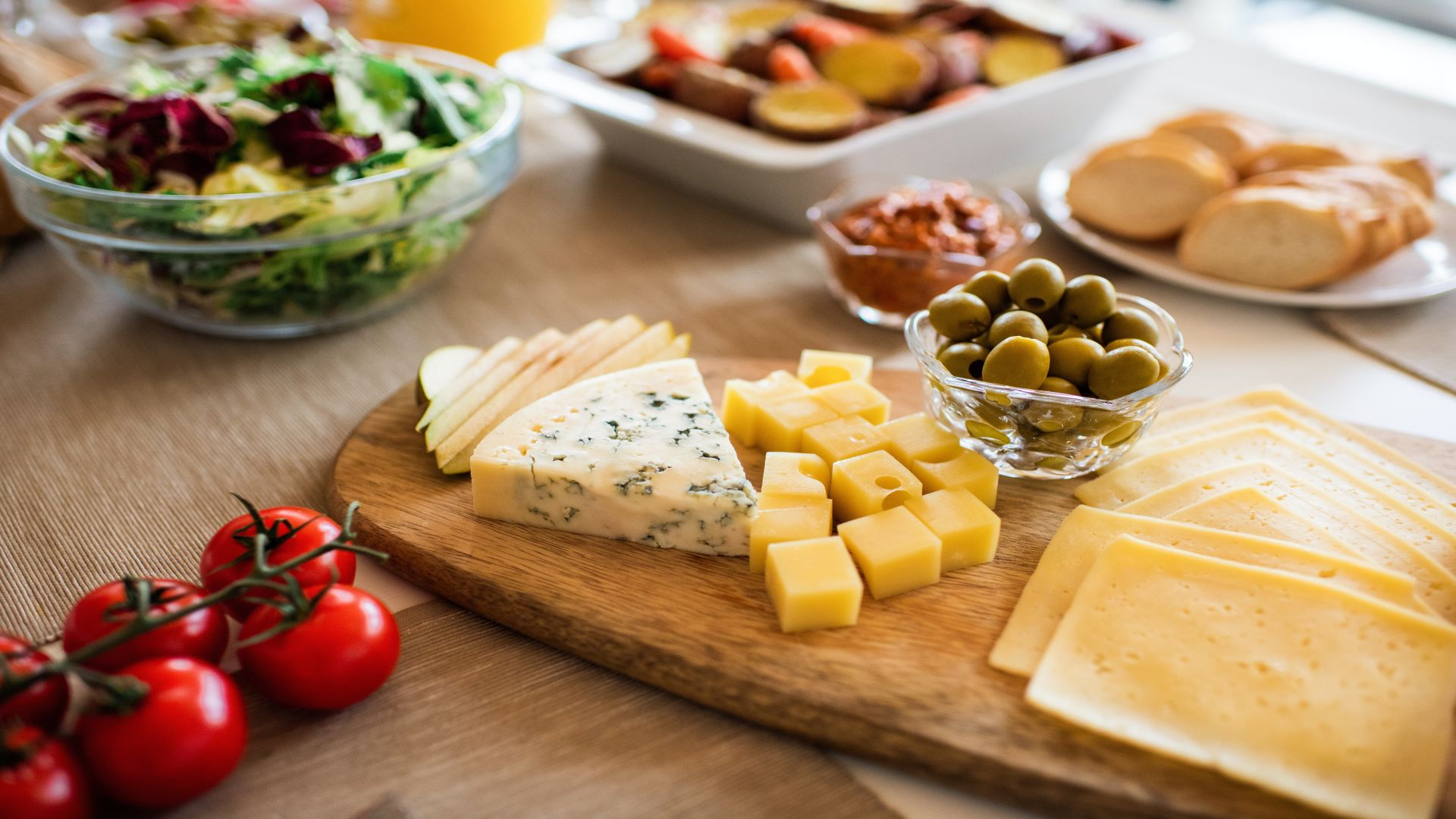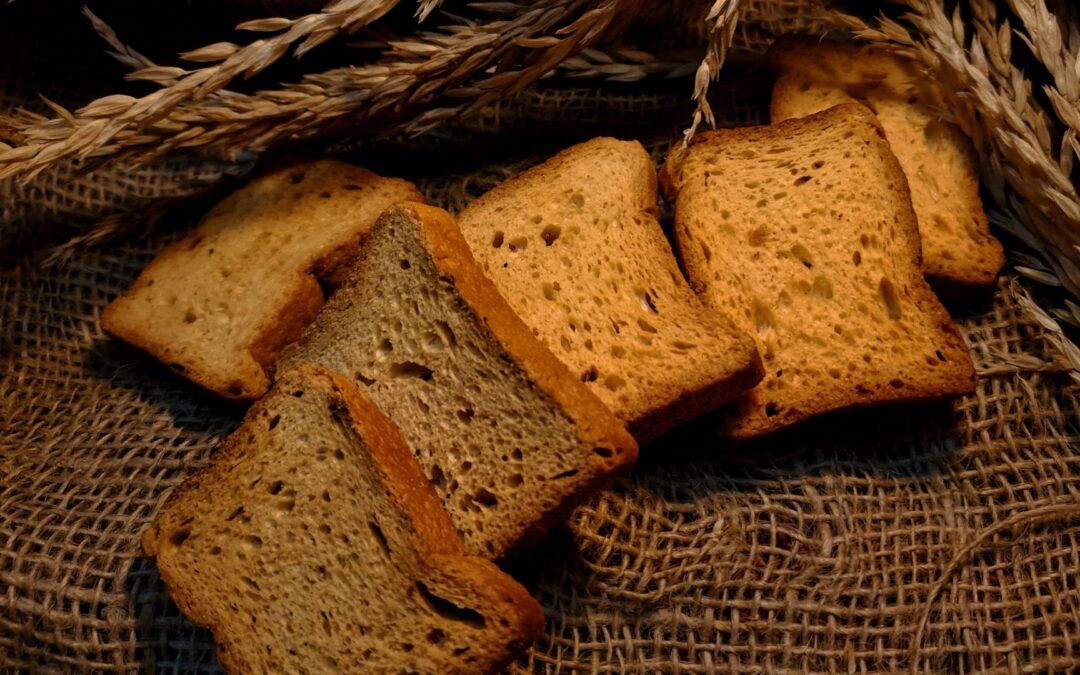Our mouths water when someone mentions the name of this product, after all, who doesn’t love cheese? Cheese is an essential element for different recipes in today’s world. The main ingredient of cheese is milk, but various and obscure types of milk have been used for years to give different tastes and textures. Such as, from cow’s milk, we get cheddar, swiss and gouda; from sheep’s milk, we get feta, Roquefort, manchego and petit basque; camel’s milk is the basis for the caravan cheese, which is a South African cheese. Again, we can get cheese from horses and even yak’s milk. There are numerous kinds of cheese in this world and they all have distinct textures and flavours.

Milk doesn’t turn into cheese on its own; a few processes need to be followed to make cheese. Temperatures, durations and target pH for several functions and the order in which they have completed salting or bringing block formation and ageing vary among cheese kinds. Before manufacturing cheese, milk is frequently standardized to maximize the protein-to-fat ratio to produce a high-quality cheese with a high yield. To limit the number of spoilage organisms and enhance the environment for the starter cultures to thrive, the milk may be pasteurized or mildly heat-treated, depending on the desired cheese. The starting cultures and any non-starter adjunct bacteria are added to the milk and ripened for 30 minutes at 90°F (32°C). The ripening process allows bacteria to thrive and initiate fermentation, lowering the pH and developing the cheese’s flavour.
Rennet is the enzyme that causes the curd to create by reacting with the milk proteins. The curd is fermented until it achieves a pH of 6.4.
The curd develops a mat once the whey is emptied from the vat. The curd mats are sliced into portions, stacked on top of one another, and turned regularly. Cheddaring is the term for this process. The salted curd bits are placed in cheese hoops and squeezed into blocks to make the cheese. Although, for many kinds of cheese, we need to keep the cheese to age, so the taste intensifies. It is known as ageing. It should occur in a controlled way and it can take some days to some years.
After ageing, the cheese is finally ready to be enjoyed by consumers. It can be seen in whole wheels or blocks or wedges in the markets. However, when people know how much effort, time and care were involved in making a simple-looking yet delicious dish, they love it more and the taste seems impossibly delicious.






